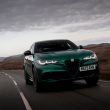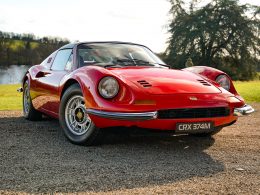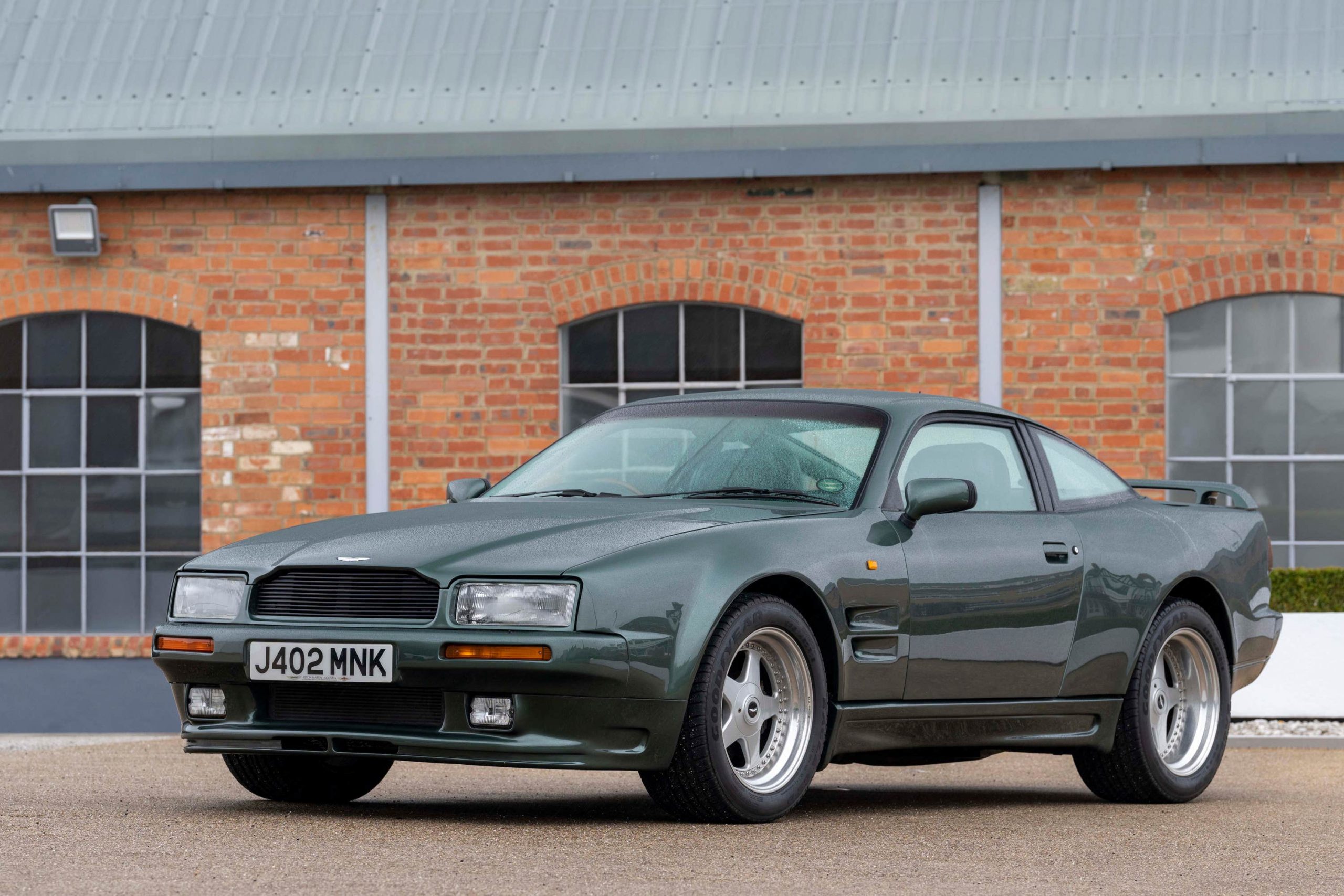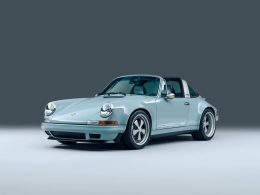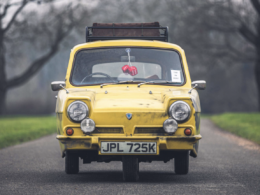Sunday drives with his father in a Volvo 1960 Amazon 122 S nurtured in Grezzju Camilleri a love of vintage cars, says Joseph Busuttil from the Old Motors Club
It was the start of the 1960s, and change was in the air. The old order was yielding, giving rise to the new. Andrew Camilleri, a butcher from Zabbar, was on the lookout for buying a new car, and definitely wanted away from the usual British, Italian and French models that were seen routinely on the local streets. He yearned for something different, and finally his eyes fell on a Scandinavian icon, a Volvo.
Consequently he went to the agent in Guardamangia, and paid a deposit for a Volvo 122 S Amazon model in an unusual olive green colour. Delighted with his decision, he shared the good news with his circle of car loving friends. However, they poured so much cold water on what they termed a strange selection, that after a while, he started getting second thoughts about it.
Consequently, he went back to the agent and told him to cancel the order, offering also to forfeit the deposit in the process. But the agent was adamant that, come what may, Camilleri was to honour the contract and take the car out of the showroom. Volvo cars were very rare – and in a way still are – in Malta, and the agent thought that having such a model on the local roads would act as a running advert for the Scandinavian standard bearer, and subsequently sales would flourish.
Camilleri had no option but to buy the Volvo. However, over time, he started to develop a fondness for this vehicle that stood out among the more popular marques seen on the streets. He took great care of it, maintaining it in an impeccable condition. He drove it only on Sundays, taking his wife and five children for outings all over Malta.
One of his children, Grezzju, who followed his father’s footsteps in the meat business, takes up the story.
“The Sunday drives were our highlight of the week – we all looked forward to that day, and would be very disappointed when it rained, for our father would vehemently refuse to take the car out in that kind of weather, even if it was just a drizzle. He never dreamt of using it for work – for that, he had a very old Ford van.”
The Volvo Amazon was a middle-sized car manufactured and marketed by the Scandinavian company from 1956 to 1970. It was offered as two- or four-door sedan, as well as a five-door wagon. From 1959 Volvo became the first car company to provide front seat belts as standard equipment on all its models. When it came out, the model was named Amason, with the letter ‘s’, after the fierce female fighters found in Greek mythology. However, it ran into copyright problems with a German motorcycle company that had already registered that name. The impasse was resolved when Volvo changed the ‘s’ into a ‘z’, and later also introduced a three-digit code to the model, that became known as the 120 series.

Grezzju Camilleri’s Volvo 1960 Amazon 122S. Photos: Tony Vassallo
Unfortunately, the father passed away aged 64, and the Volvo was then garaged for two decades. The model eventually passed into Grezzju’s hands.
“Following this lengthy idle period, there was much work to do in order to bring it back on the road. I had to dismantle the body and the engine, the latter having to be completely replaced. On the other hand, the body, including the chrome areas, had stood well the test of time, and needed little seeing to – which came as no surprise as the Volvo bodywork was made up of phosphate treated steel to improve paint adhesion, coupled with thick layers of undercoating and anti corrosive treatment. The cream upholstery also remained as new.”
“The Sunday drives were our highlight of the week – we all looked forward to that day, and would be very disappointed when it rained”
He says that along the two-year rehabilitation project, he himself was involved in quite a lot of work on his four-door, 1960 Amazon 122 S model, that was introduced two years earlier equipped with a new Volvo B16 engine. He adds that owing to the rarity of this model locally, he is frequently asked by foreign film companies shooting in Malta to feature the vehicle in their productions.
Presently, he is involved in another restoration task, aiming at bringing back to life a greyish green, 1958 Ford Thames van that he harnessed for many years in his work.
“I bought it second-hand from a Zejtun showroom. It had covered a lot of mileage as its previous owner worked in cigarette distribution around the island. However, the Thames gave me sterling service for 16 years. When it started getting tired, I garaged it for many years. Consequently, now there is a lot to be done. The project started two months ago. Among other things, rust has got to be tackled, and an original side valve engine and gearbox are also being sourced.”

This commercial vehicle was introduced by Ford in 1957 in direct competition with similar products coming out from Morris, Bedford and Austin.
In his garage, there is a third classic car, a white,1984 Datsun Junior.
“I bought it brand new, following the fact that many of my friends had purchased such a model, and I was influenced by them. I drove it intermittently, so it is still in a very good shape.”
The Junior was a series of medium-sized pick-up trucks which came off the Datsun line between 1956 until 1982.
His enthusiasm for old motors has infected his wife Diane, who accompanies him regularly on drives. Alas, their two children Kenneth and Caroline have so far been immune to this family classic car fever. Camilleri has been a member of the Malta Old Motors Club for more than a decade, and is a familiar face in many events and activities. Top of the list is the annual OMC trip to Sicily.
“It gives me great pleasure to drive along the wide, good quality highways over there, and I consider it the highlight of my year. However, truth be told, I once had a major hiccup when the Volvo had a mechanical breakdown. I had to garage it where it stopped, and took a lift with other participants for the rest of the trip. I returned for it on the way back, brought it over to Malta, and had the problem solved by a mechanic.”
He says that the local surging interest in classic cars is a very positive sign indeed. However, he laments the significant lengthy waiting time one has to undergo until a restoration project is completed by the skilled craftsmen, as well as the cost that it now involves. Finally, while saying that he always looks forward to receiving the OMC monthly magazine, he opines that it would be a step in the right direction if the publication would go bilingual and feature half of the content in the Maltese language.




